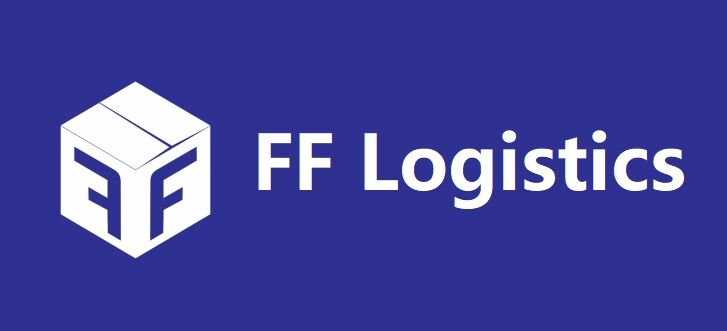Introduction
Among other operations in the supply chain, third-party warehouses (3PLs) are critical to businesses' inventory and storage management. Such warehouses offer an economically sound and efficient alternative to companies who do not possess the necessary means or expertise to establish their own storage spaces. Setting the Right Storage Fees One of the most crucial parts of running a 3PL is having appropriate storage fees. This post will walk you through how to set up a storage fee system that is both fair to clients and good for your bottom line.
Before You Set Any Storage Fees
1. Operation: One of the very first things you need to also know is the cost of operation. This includes lease, utilities, labour & upkeep. All of these costs are part and parcel of the baseline fee that must be covered by the storage fees.
2. Inventory Type: The type of inventory also has a huge influence on costs. Temperature control or specialized handling, if required for perishable goods, often adds to the outlays. This might require more safety measures and more expensive insurance if hazardous materials are involved.
3. Storage Space Value: Depends on the amount of goods and how fast they turn over, might be charged by Sq Ft. Low-frequency items may require a higher fee to cover the longer storage time, while high-frequency items can be justified by a lower unit fee.
4. You need to see what your competitors are charging and also benchmarks in the industry as a whole to keep rates at market level. Pricing too high can scare away clients, and pricing too low could mean working for peanuts.
5. Legal and Regulatory Compliance: Taxes, Insurance & Environmental Requirements can also add on to the business cost and are ought to be included in your storage charges.
Ways to Charge Storage Costs
1. Flat Rate: Flat rate determines that a fixed fee will be applied per unit or per pallet, regardless of storage period. This is a basic and client-friendly way to match their storage but does not necessarily reflect the real price of storage.
2. Tiered Pricing: In this method, unique rates are defined depending on the volume.goods stored. Higher usages mean that clients with greater volumes also get discounted rates.
3. Space-Based Pricing — You are charged based on the space you take up with your goods on the truck. This is a fair method since it proportionates to the usage of resources.
4. Weight-Based Pricing: Much like in volume-based pricing, weight-based pricing charges the client according to how heavy their goods are. It is especially handy for bulky but low volume items that extra handling.
5. Time based Pricing:- in this type of pricing MNo charges the clients as per the time for which they use storage. The fee is the higher, the longer into storage go,the goods go. This could lead to faster selling and free up space to bring in fresh supply.
When Storage Fee System Deployed
1. Pricing Structure: Set base rates after calculating all the factors, and then determine increments in pricing for different pricing methods. Make sure your pricing is transparent and easy to understand.
2. Talking with Clients: When it comes to pricing your therapy services → be upfront About it Ensure your contract outlines the fees for storage along with any other feeds.
3. TECHNOLOGY: Utilize inventory management systems and automated billing software to make it easier. For inventory tracking, cost calculation and auto-calculation of numbers for invoices these tools can assist.
4. Price Monitoring and RevisionPricing structure should be under regular review so it can get adjusted comma negotiated as needed. Different factors, such as market conditions, operational costs and feedback from clients should all be taken into account when making changes.
Tips on how to handle storage fees
1. Being Transparent and Communication:Ensure that you are upfront with your prices regarding all of your fees, and if there are any changes. Through good communication can cover for many errors and help to earn trust with the client.
2. Pricing Model Flexibility: Be open to give and take with regard to pricing, offer a bespoke pricing model that works for your target buyers.
3. Check-in and Update: You will need to keep an eye on what your operational costs and market rates are regularly, so that you can make sure that your fees stay competitive as well as bring you profit.
4. Exceptional Customer Service: Your storage fees should not invite concerns or questions from clients; otherwise, provide exceptional customer service to handle any question or concern.
5. Practicing Data-Driven Decision Making: Pull data from your inventory management system to ensure you are making the right pricing and operational efficiency decisions.
Case Studies
1. Successful execution: Examples of 3PLs that have implemented storage fee systems successfully. Reimagine their tactics and implement it in your business.
2. Understand fundamental challenges with 3PLs on how they can and do set storage fees in this white paper.
3. Learn From Other Seniors How To Set And Manage Storage Charges
Conclusion
Storage fees are one of the main ways that a 3PL makes money, so it is very important to set these up correctly for your business. Take operational costs, type of inventory, market rates and legal compliance into consideration to come up with a fair and competitive pricing structure. Combine technological innovation with honesty and flexibility so you can benchmark your fees and keep up with the competition for years to come.



